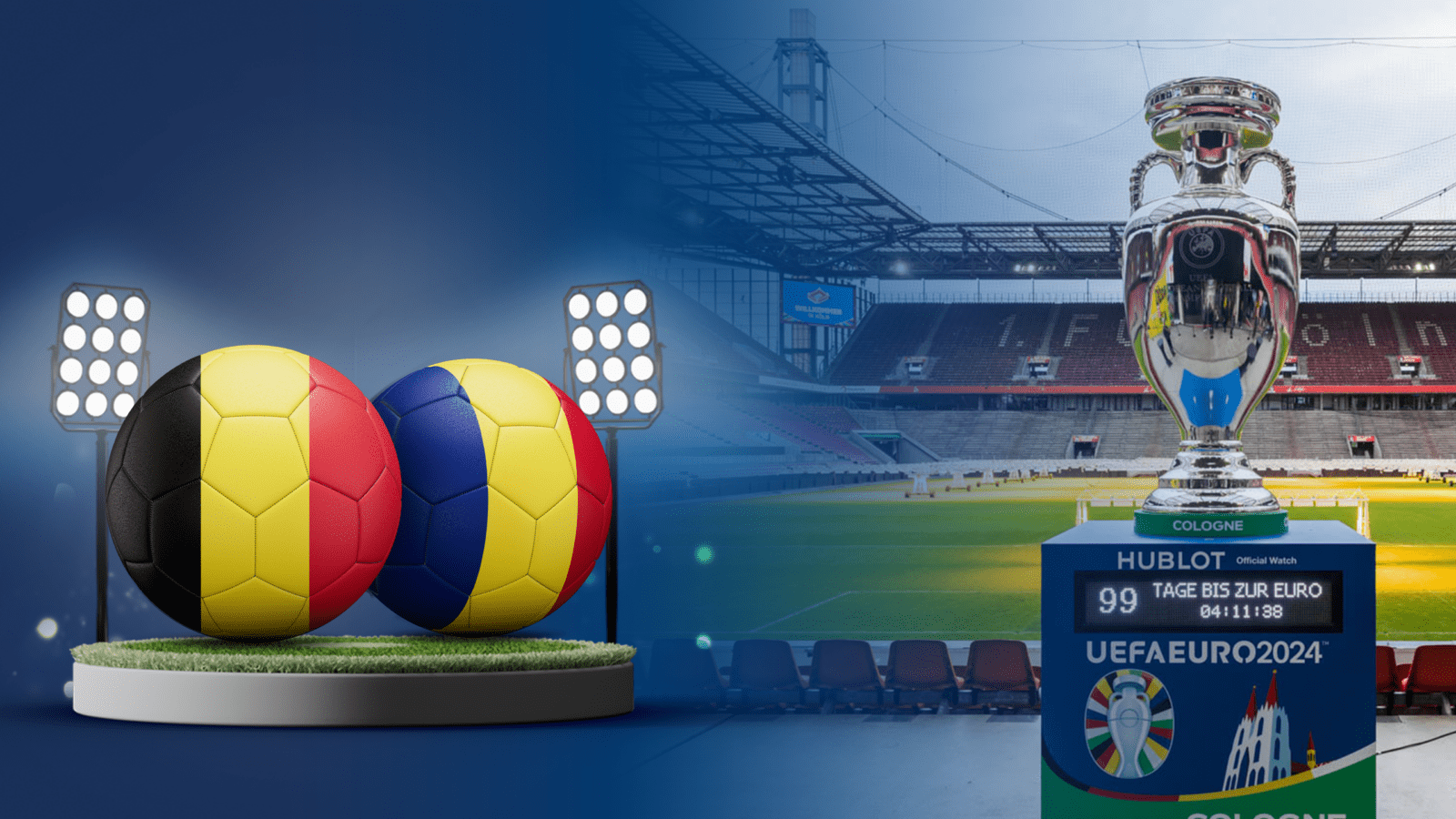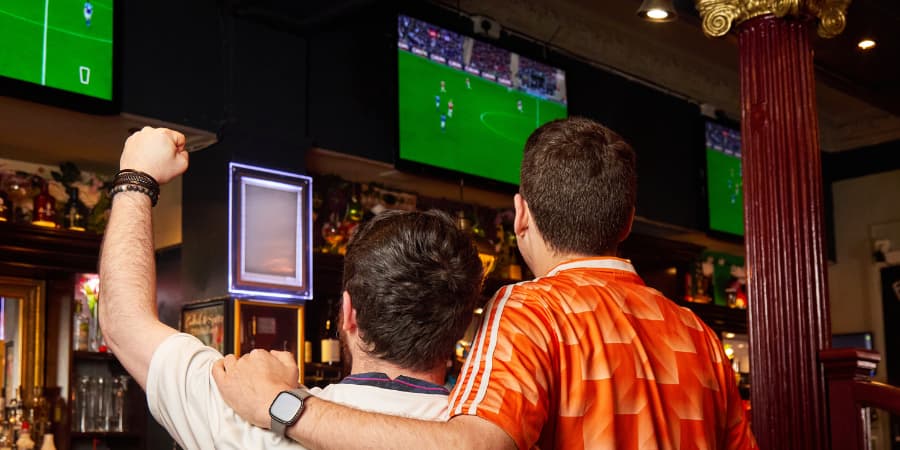Historical Context: Belgium Vs Romania

Belgium vs romania – Belgium and Romania have enjoyed a long and complex relationship, marked by periods of cooperation and conflict.
Belgium and Romania faced off in a thrilling match, with the crowd packed in like bumper to bumper traffic. The intensity was palpable, as both teams fought tooth and nail for every inch of the pitch. In the end, Belgium emerged victorious, but the match will be remembered for its captivating atmosphere and the relentless determination of both sides.
Diplomatic relations between the two countries were first established in 1832, shortly after Romania gained independence from the Ottoman Empire. In the years that followed, the two countries developed close economic and cultural ties.
Belgium vs Romania is a classic rags to riches story. Rags to riches means going from poverty to wealth, and this is exactly what happened to Belgium. In the 19th century, Belgium was a poor country, but it quickly became one of the richest countries in Europe.
This was due to its industrial revolution and its colonial empire. Today, Belgium is a prosperous country with a high standard of living. Romania, on the other hand, is still a relatively poor country. However, it is making progress and is expected to become a wealthy country in the future.
Belgian Influence on Romanian Institutions
Belgium played a significant role in the development of Romanian institutions. In the 19th century, many Romanian students studied in Belgium, and Belgian experts were invited to help draft Romania’s constitution and legal code.
The match between Belgium and Romania was filled with excitement, as both teams fought tooth and nail for victory. The atmosphere was electric, with fans from both sides creating a tailgate party tailgate definition outside the stadium. The camaraderie and shared passion for the game made the experience truly unforgettable, adding to the overall spectacle of the Belgium vs Romania match.
World War I and the Interwar Period
During World War I, Belgium and Romania fought on the same side against Germany and Austria-Hungary. After the war, the two countries signed a treaty of alliance.
The tension between Belgium and Romania was palpable, with fans eagerly awaiting the match. Amidst the anticipation, the tailgate definition emerged as a topic of discussion. As supporters gathered in the parking lot, they set up grills and enjoyed food and drinks, fostering a sense of camaraderie before the game.
This tailgate ritual, a common tradition in sporting events, provided a unique opportunity for fans to connect and celebrate the spirit of competition, mirroring the camaraderie and rivalry that would unfold on the field.
In the interwar period, Belgium and Romania continued to cooperate closely. They were both members of the League of Nations and the Little Entente, a regional alliance of Czechoslovakia, Romania, and Yugoslavia.
The Belgium vs Romania match was a thrilling encounter that kept fans on the edge of their seats. However, the match was not the only thing that was making headlines that day. Country music legend Willie Nelson also made news with his latest album release.
The album, titled “Ride Me Back Home,” features a collection of classic country songs that have been re-recorded by Nelson. Fans of the iconic singer-songwriter were thrilled to hear the new album, which showcased Nelson’s timeless talent and enduring appeal.
Back to the match, Belgium ultimately emerged victorious, but the Romania team put up a valiant fight.
World War II and the Cold War
During World War II, Belgium and Romania were again on opposing sides. Belgium was occupied by Germany, while Romania was allied with Nazi Germany.
After the war, Romania became a communist state, while Belgium remained a democracy. The two countries had little contact during the Cold War.
Post-Cold War Relations
After the fall of communism in Romania in 1989, relations between Belgium and Romania improved significantly. The two countries joined NATO in 2004 and the European Union in 2007.
Today, Belgium and Romania enjoy a close and cooperative relationship. They are both members of the European Union and NATO, and they cooperate on a wide range of issues, including trade, investment, and security.
Economic Analysis
Belgium and Romania, two European nations with distinct economic profiles, present a unique opportunity for collaboration and mutual growth. This analysis delves into their economic strengths, weaknesses, trade dynamics, and investment landscapes, highlighting areas for potential development.
Economic Profiles
- Belgium: A highly developed economy with a strong service sector, advanced infrastructure, and a strategic location in the heart of Europe. Its key industries include automotive, pharmaceuticals, and chemicals.
- Romania: A rapidly developing economy with a significant agricultural sector, a growing manufacturing base, and a skilled labor force. It has attracted foreign investment in sectors such as automotive, IT, and renewable energy.
Trade Relationship
- Belgium is one of Romania’s largest trading partners, with bilateral trade exceeding €5 billion annually.
- Romania primarily exports agricultural products, machinery, and textiles to Belgium, while Belgium exports chemicals, pharmaceuticals, and machinery to Romania.
- Potential areas for trade growth include automotive components, renewable energy technology, and high-value-added services.
Investment Opportunities, Belgium vs romania
- Belgium: Offers a stable political and economic environment, a highly skilled workforce, and access to major European markets.
- Romania: Provides attractive incentives for foreign investors, including tax breaks, infrastructure development, and a growing domestic market.
- Challenges in both countries include labor shortages, infrastructure gaps, and regulatory hurdles, which need to be addressed to fully unlock investment potential.
Cultural Exchange

Belgium and Romania share a rich cultural heritage that has been shaped by their respective histories, geographical locations, and artistic traditions. While there are many similarities between the two countries, there are also some key differences that make their cultural exchange all the more fascinating.
One of the most striking similarities between Belgium and Romania is their shared love of the arts. Both countries have produced a wealth of talented artists, musicians, and writers who have left a lasting legacy on the world stage. In Belgium, the Flemish Primitives such as Jan van Eyck and Rogier van der Weyden are celebrated for their groundbreaking techniques in oil painting, while in Romania, the works of Constantin Brâncuși and Henri Matisse continue to inspire contemporary artists.
Another area of cultural exchange between Belgium and Romania is in the realm of music. Both countries have a strong tradition of classical music, with Belgium being the birthplace of such renowned composers as César Franck and Eugène Ysaÿe. In Romania, the music of George Enescu and Dinu Lipatti is celebrated for its emotional depth and technical brilliance. In recent years, there has been a growing interest in folk music from both countries, with groups such as Laïs and Fanfare Ciocărlia gaining international recognition.
Despite their many similarities, there are also some key differences between the cultures of Belgium and Romania. One of the most noticeable differences is in the area of language. Belgium is a multilingual country, with Dutch, French, and German all being official languages. Romania, on the other hand, is a monolingual country, with Romanian being the only official language. This difference in language has had a significant impact on the cultural exchange between the two countries, as it can sometimes be difficult for people from Belgium and Romania to communicate with each other.
Another difference between the cultures of Belgium and Romania is in the area of religion. Belgium is a predominantly Catholic country, while Romania is a predominantly Orthodox Christian country. This difference in religion has led to some differences in the way that people from the two countries view the world and their place in it.
Despite these differences, there has been a growing trend towards cultural exchange between Belgium and Romania in recent years. This is due in part to the increasing number of people from both countries who are living and working in each other’s countries. There are also a number of cultural exchange programs and initiatives that have been established between the two countries, which have helped to foster understanding and collaboration.
One of the most successful cultural exchange programs between Belgium and Romania is the Erasmus+ program. This program provides funding for students from Belgium and Romania to study or work in each other’s countries. The program has been very successful in promoting cultural understanding and cooperation between the two countries.
Another important cultural exchange initiative between Belgium and Romania is the Romanian Cultural Institute in Brussels. This institute organizes a variety of cultural events throughout the year, including exhibitions, concerts, and film screenings. The institute has played a key role in promoting Romanian culture in Belgium and has helped to build bridges between the two countries.
The cultural exchange between Belgium and Romania is a rich and diverse one that has been shaped by the two countries’ shared history, geographical location, and artistic traditions. Despite some key differences, there is a growing trend towards cultural exchange between the two countries, which is due in part to the increasing number of people from both countries who are living and working in each other’s countries. There are also a number of cultural exchange programs and initiatives that have been established between the two countries, which have helped to foster understanding and collaboration.
Examples of Cultural Exchange Programs and Initiatives
– Erasmus+ program: This program provides funding for students from Belgium and Romania to study or work in each other’s countries.
– Romanian Cultural Institute in Brussels: This institute organizes a variety of cultural events throughout the year, including exhibitions, concerts, and film screenings.
– Belgian-Romanian Chamber of Commerce: This organization promotes economic and cultural ties between Belgium and Romania.
– Belgian-Romanian Friendship Association: This association organizes a variety of cultural events and activities throughout the year.